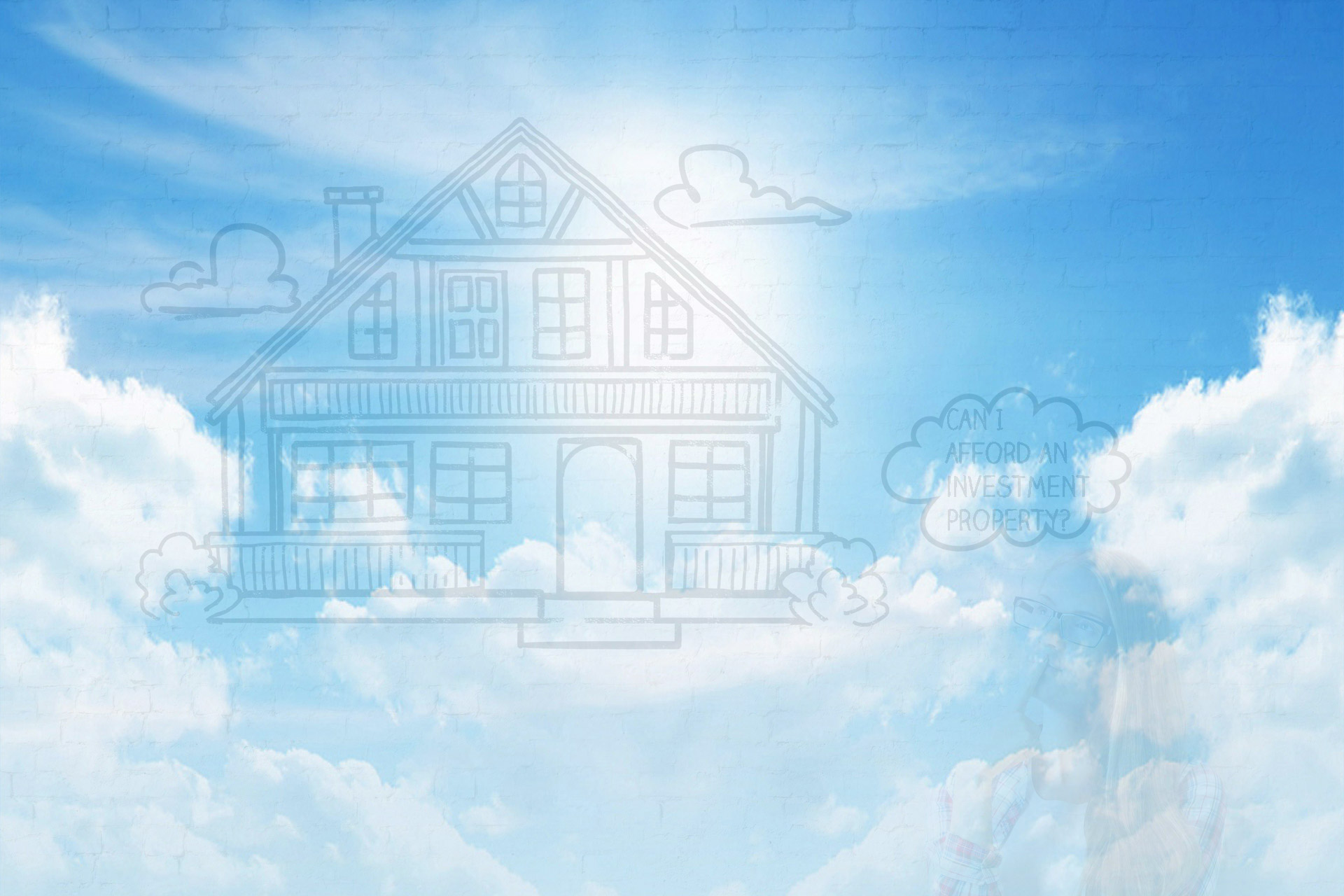Australia’s rapidly growing population and overseas migration is set to underpin the Australian property market in 2010 according to Angus Raine, CEO, Raine & Horne.
“Building approvals levels are currently running around 145,000 per year according to industry averages, which is well short of the new homes required to meet our rapidly growing population.” According to the Australian Bureau of Statistics (ABS), as at 30 June 2009, Australia’s population had grown to 21,875,000, an increase of 443,000 people over the previous year.
“Other factors that will continue to help Australian property avoid the pitfalls faced in the US and the UK include our preference for smaller household sizes and larger homes,” says Mr Raine.
According to fi gures from the ABS, the typical size of a new Australian home is 215 square metres, up 10 per cent on the last decade. New homes in other parts of the world are far smaller, with Denmark the biggest in Europe at 137 square metres and Britain the smallest at 76 square metres.
Higher lending standards and Australia’s relatively low mortgage interest rates are also set to push up Australian property prices – a recent statement from CommSec, says home owners should expect prices to rise by eight to 10 per cent over 2010.
“It’s fair to expect more interest rate hikes in 2010 on the back of our robust economy. However higher rates will be offset by population growth and the fact there is not enough homes being built to meet demand,” says Mr Raine. “This is set to push up rents and home prices, which is an attractive combination for investors.”
To support Mr Raine’s optimism for Australian property, a Mortgage Choice survey found that more than one third of Australians plan to buy a property in the next two years despite concerns over higher living costs and rising interest rates.
Shane, Oliver, Head of Investment Strategy and Chief Economist, AMP Capital Investors says more increases in Australian interest rates are likely in the year ahead as the RBA seeks to move rates towards normal levels. The normal level is now judged, to be around 5%. “However, the process of tightening is likely to remain gradual thanks to falling underlying inflation and lingering uncertainties about growth. The cash rate is unlikely to reach 5% until around the end of 2010,” explains Dr Oliver.
The other gorilla in the room for property growth is jobs. However the ANZ job advertisement series rose 5.2 per cent in November compared to the previous month. Mr Raine sums up, “If employers are able to hire full time staff they will and I know the Raine & Horne group is on the lookout for the best property talent available to meet the expected bounce in the market in 2010.
“The fact full-time employment is back in fashion is a great confi dence booster for the economy and Australian real estate for 2010.”

Hey, I normally don’t leave comments but I just thought I’d let you know that this blog is great.
Of course Raine & Horne would push this line…
Talk it up and maybe people will ignore the facts.